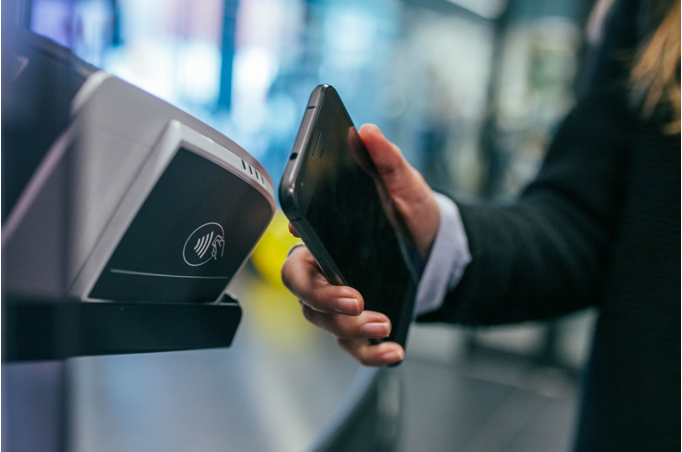Online payments have become second nature. A few taps on a phone or clicks on a laptop, and money moves instantly. However, every time money moves online, there’s a risk. Hackers always look for ways to intercept payments, steal card details, and exploit weak security systems. Without strong protections, digital transactions would be a goldmine for cybercriminals.
Secure payment systems protect users from these threats. Let’s explore how they make online transactions safer, more reliable, and more resilient against fraud.
Payment Gateways
Behind every online purchase, a payment gateway works silently in the background. It bridges customers, businesses, and banks, ensuring transactions happen quickly and securely. Without this system, online shopping, digital subscriptions, and even secure online casinos wouldn’t function as they do today.
A payment gateway does more than just move money from one place to another. It encrypts sensitive payment details, verifies transactions, and detects potential fraud before it happens. Whenever someone enters their card details or selects a digital wallet at checkout, the gateway checks if the transaction is legitimate. Suspicious activity is flagged, reducing the chances of misusing stolen card details.
Businesses that rely on trusted payment gateways show their customers they take security seriously. When shoppers see a secure and recognised payment processor at checkout, they feel more confident entering their details. This trust encourages them to complete their purchases instead of abandoning their carts out of security concerns.
A substantial payment gateway protects transactions—it makes them seamless. It supports multiple payment methods, from credit and debit cards to bank transfers and digital wallets.
Encryption
Think of sending a letter with confidential details. If someone gets hold of it before it reaches the recipient, they can read everything inside. Encryption prevents this from happening. It locks that letter in a coded language, making it useless to anyone without the key to decode it.
This is precisely how Secure Sockets Layer (SSL) and Transport Layer Security (TLS) protect online payments. These technologies scramble payment details before they travel between a user’s browser and a payment server.
Even if hackers manage to intercept the data, all they see is gibberish—utterly unreadable without the correct decryption key. That’s why HTTPS websites are far more secure than those that don’t. The extra layer of encryption makes sure sensitive information stays private.
But hackers don’t just try intercepting data while it’s being transmitted. They also go after stored information, targeting databases, cloud storage, and payment systems. If encryption weren’t in place, stolen card details and personal data would be easy to use.
Payment providers know this, so they use encryption protocols to safeguard information in digital wallets, banking apps, and e-commerce platforms. Even if a hacker breaches a system, they can’t do much with encrypted data unless they somehow crack the key—something that’s virtually impossible with modern encryption standards.
Tokenisation
Businesses now use tokenisation instead of storing actual card numbers. This method replaces real payment details with a unique string of numbers called a token. The original data stays hidden in a secure vault. If hackers break into a system, all they find are meaningless tokens.
Beyond security, tokenisation makes online shopping easier. Many websites store payment details for faster checkout. Without tokenisation, this would be risky. However, since no actual data is exposed, the process is safe. Customers get convenience without compromising security.
Fraud Detection
Online fraud isn’t just about stolen card numbers anymore. Cybercriminals have become more sophisticated, using fake accounts, identity theft, and automated bots to slip through security systems unnoticed. Stopping them isn’t easy, but artificial intelligence is making a real impact.
AI-powered fraud detection systems analyse transactions as they happen. They look for anything unusual—a sudden purchase in another country, an unusual spending pattern, or multiple failed payment attempts. When something doesn’t add up, the system flags it. Suspicious transactions can be blocked or put on hold until verified, preventing fraud before it happens.
Banks and payment providers don’t just rely on AI. Extra security checks help confirm a person’s identity before a transaction. The Address Verification System (AVS) compares the billing address entered during checkout to the one linked to the card. If they don’t match, the transaction may be declined. Strong Customer Authentication (SCA) adds another layer of security by requiring users to prove they are using at least two different factors, like a password and a fingerprint.
Many banks and payment platforms use 3D Secure for even more excellent protection. This feature requires customers to verify their identity with their bank before completing a purchase. It’s an extra step, but it makes stolen card details useless to fraudsters.
Fraud will never entirely disappear, but these systems make it much harder for criminals to succeed. The goal isn’t just to catch fraud when it happens—it’s to stop it before it starts.
Multi-Factor Authentication
Passwords alone aren’t enough. They can be guessed, stolen, or leaked in data breaches. Multi-factor authentication (MFA) adds an extra layer of security by requiring a second step to verify identity.
This could be a fingerprint, a one-time text message, or facial recognition. Even if hackers steal a password, they can’t log in without this second factor. Banks, payment apps, and online platforms now require MFA for account access and transactions.
While it adds a small step for users, it dramatically reduces the risk of unauthorised payments and identity theft.
Conclusion
A fast and easy payment system is great, but it’s useless if it’s not secure. Encryption, tokenisation, AI-driven fraud detection, and multi-factor authentication keep transactions safe. These layers of protection are the backbone of trust in online payments.
No system is completely foolproof, and cyber threats will keep evolving. But so will security. With ongoing innovation, businesses and consumers can stay one step ahead, ensuring that every transaction isn’t just fast and seamless, but rock solid and secure.


